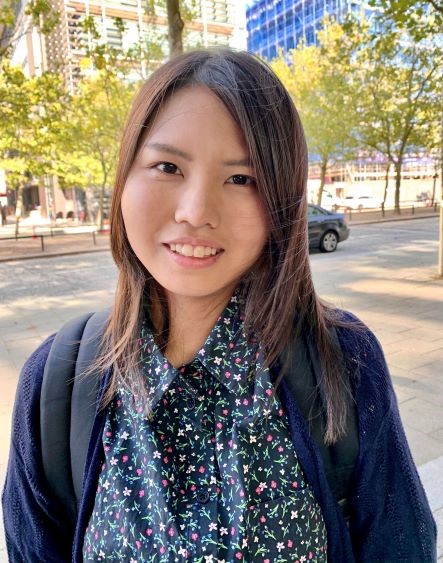Mirai’s experience of becoming a language tutor

My name is Mirai Norihara, and in addition to being a second year Sociology student, I am a Japanese language tutor at World Languages, in the Centre for Global Engagement. The tutor experience has been unique because all was online- from completing the training program to obtaining my EUROLTA certificate in teaching and delivering my classes. When I started as a tutor in October 2020, I had three courses (A1 Beginners and A1 + Post Beginners) and I have taught Japanese to around sixty students at Coventry University so far. If I include my experience of teaching students from friendship universities abroad, there are over a hundred and fifty. Covid-19 prevented me from having the classes face-to-face, but there was a positive side to online classrooms. One of the biggest things is the diversity in my classroom. Not only did I get students living in Coventry, but I also got those living across the UK and the world. For example, I have taught students living in the USA, Greece, and China. The online platform allowed me to connect with students in any place. While the students gained friends internationally who have the same interests in Japan, they learned about cultural differences. Not having the boundary of location has brought positive effects in creating diversity in my classroom.
However, there were some challenges that I needed to overcome – maintaining students’ motivations and their learning outcomes. Online learning is usually from home, and that makes students distracted and easily bored. Also, physical distance from students made it difficult for me to assess students’ understandings. To tackle this situation, I created my strategy. I divided a two hours-session into thirty minutes × four and tried to set a goal every thirty minutes. Students would feel a sense of achievement through the class because the topic words focused in the first 30 minutes will apply in the sentences they will learn in the next 30 minutes. Students see the class content going forward by practicing. And, to maximize the outcome of practice sessions, I used Zoom breakout rooms. The breakout rooms aim to reduce the number of students in one room so that it increases the time for students to practice and helps me check the level of each student’s understanding. Also, besides the strategy to deliver the classes, I tried to stimulate students’ learning from the content I teach.
As a part of the COIL (Collaborative Online International Learning) that connects students with native speakers, I have launched an online letter project. I supported students to write easy sentences, and take a picture of the writing and send it to native Japanese speakers living in Japan. While students sent the letter with the review sentences from the previous classes, native speakers sent them back a letter with new sentences that I would teach next week to back up their reading of the letters. This project entertained students and encouraged them to learn Japanese more. It maximizes online learning for students and adds color and variety to my teaching.
It was a good choice for me to become a language tutor and share my culture. In a world where it is difficult to meet new people, I feel I contributed to creating a small space for students to meet and learn together. I am so happy to get an average of over ninety percent satisfaction from the module evaluation questionnaires in both semesters. It increases my confidence and courage for teaching opportunities this summer. I recognized that I would not be a good tutor without students. This feedback comes from the efforts that I try to listen to students and learn from them. Students always make a tutor better. So, I just want to say a big ありがとう(Arigatou)/ thank you to my students.